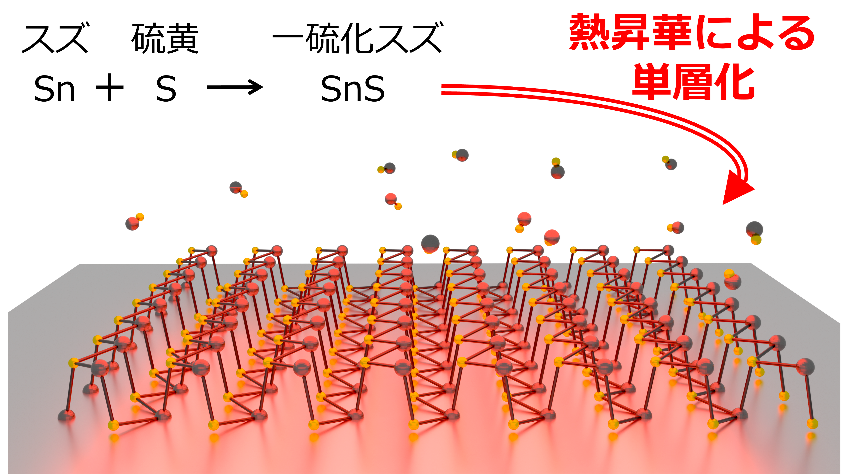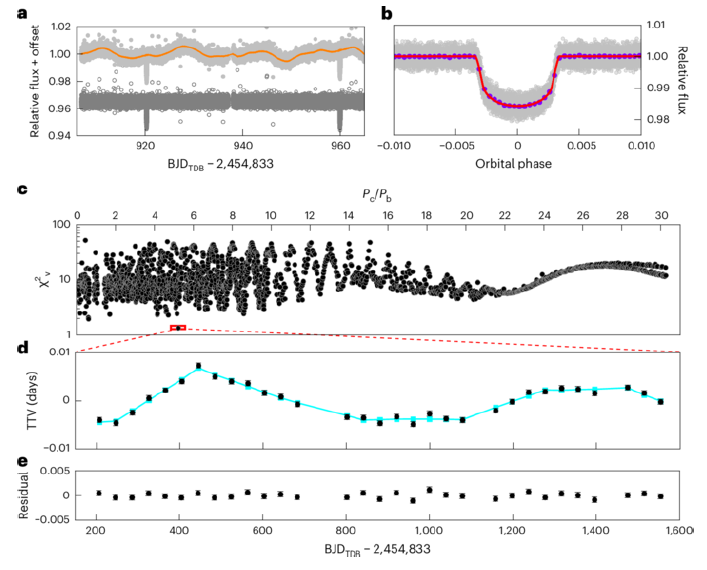2025-05-03 東北大学

図1. 本研究成果の概念図。CVD成長したSnSを熱昇華によって単層まで薄くしている。
<関連情報>
- https://www.tohoku.ac.jp/japanese/2025/06/press20250603-01-sns.html
- https://www.tohoku.ac.jp/japanese/newimg/pressimg/tohokuuniv-press20250603_01_sns.pdf
- https://pubs.acs.org/doi/10.1021/acs.nanolett.5c01639
簡単な物質からの大面積単分子硫化スズの選択的合成 Selective Synthesis of Large-Area Monolayer Tin Sulfide from Simple Substances
Kazuki Koyama,Jun Ishihara,Nozomi Matsui,Atsuhiko Mori,Sicheng Li,Jinfeng Yang,Shiro Entani,Takeshi Odagawa,Makito Aoyama,Chaoliang Zhang,Ye Fan,Ibuki Kitakami,Sota Yamamoto,Toshihiro Omori,Yasuo Cho,Stephan Hofmann,and Makoto Kohda
Nano Letters Publishe:d May 20, 2025
DOI:https://doi.org/10.1021/acs.nanolett.5c01639
Abstract
Both tin monosulfide (SnS) and tin disulfide (SnS2) are thermodynamically stable layered materials with the potential for spin-valleytronic devices and photodetectors. Notably, SnS, owing to its low symmetry, exhibits interesting properties such as ferroelectricity, shift-current, and a persistent spin helix state in the monolayer limit. Unlike SnS2, however, creating large-area atomic-thickness crystals of SnS is challenging, owing to the enhanced interlayer interactions caused by lone pair electrons. Here, we demonstrate that p-type SnS can be selectively grown by varying the sulfur vapor concentration relative to tin using high-purity elemental precursors in a chemical vapor deposition setup. Based on that, we further show that monolayer SnS crystals, up to several tens of micrometers in lateral scale, can be obtained by controlled sublimation of bulk SnS crystals. These findings pave the way for device applications based on high-quality tin sulfide.



